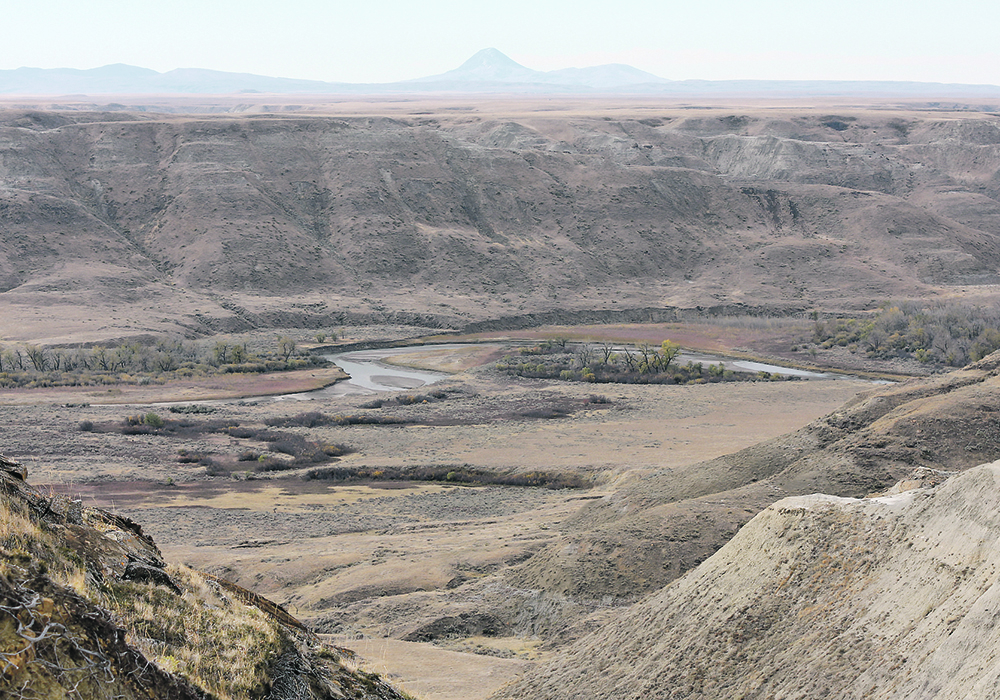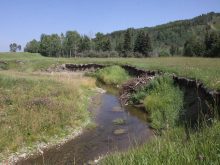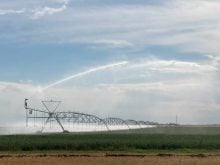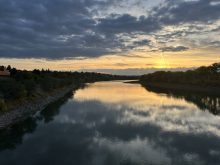The agreement managing the river is more than 100 years old, and the review will determine if it needs to be updated
The water treaty governing the St. Mary’s and Milk rivers is the oldest along the longest undefended border in the world but the more than century-old agreement between the United States and Canada is beginning to show its age.
The 1909 Boundary Water Treaty was created to manage water use along the two rivers with headwaters in the U.S. before they flow into southern Alberta, with the Milk River then returning south of the border. It provided the framework for other agreements along the border.
The St. Mary’s Canal, based in Montana, has been diverting water from the headwaters of its namesake river to the Milk since 1917 to provide water for eastern Montana irrigators.
Read Also

Gene editing digs deeper space in Canadian plant breeding
More Canadian research into crop variety development is incorporating gene editing, and one researcher notes that Canada’s regulatory approach to gene editing will help drive innovation
Climate change affecting flow patterns, increased irrigation in Alberta and Montana and infrastructure declines since the treaty was signed have sparked the U.S. and Canada to study new water management strategies.
Alain Pietroniro, Canadian spokesperson for the study, said the International St. Mary-Milk Rivers Study Board (ISMMRSB) formed last year seeks input from water users along the two rivers.
“We want to reach out to stakeholders and rights holders in the basins just to make sure all of their needs are being met,” he said. “The public advisory group is really designed to make sure that the folks that lead those groups appointed by the IJC (International Joint Commission) solicit input from locals, irrigators, farmers in the area along the border but also municipalities, recreational folks.”
Pietroniro said in addition to the public advisory groups, the review will involve technical and Indigenous groups and will collect information from all of them in consideration of how best to balance the needs of all parties.
“The board, after the study is over, will look at a whole bunch of possibilities including increased conveyance and storage and other possible changes to the system,” said Pietroniro.
Recommendations will then be forwarded to the IJC, which will discuss the possibilities with the respective government agencies.
“If increased storage is something that comes out of the study that is viable, sensible and works, then that could certainly be a recommendation to governments,” he said.
While the process will take years and cost several million dollars, Pietroniro said it’s critical to get feedback from stakeholders to provide credibility to possible recommendations.
“We don’t know everything. Those who are in the know are the people that live there. They know better than anyone what their needs are,” he said. “Sometimes the issue comes up and there are conflicting needs. That’s what we’re there for, to try to resolve those things and find some common ground.”
The study will continue until 2025 when its recommendations will be forwarded to the IJC.
The current public feedback period runs from July 28 to Aug. 28 with those interested in providing comment invited to make submissions via the board’s website at Public Comments – International St. Mary and Milk Rivers Study Board Work Plan | International Joint Commission (ijc.org).
Pietroniro said in-person public meetings will be announced later.
















